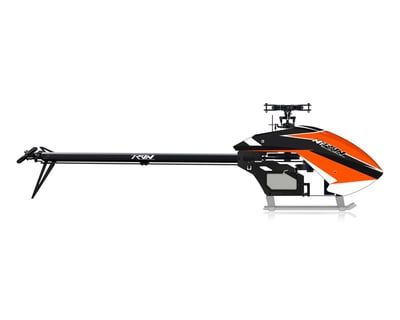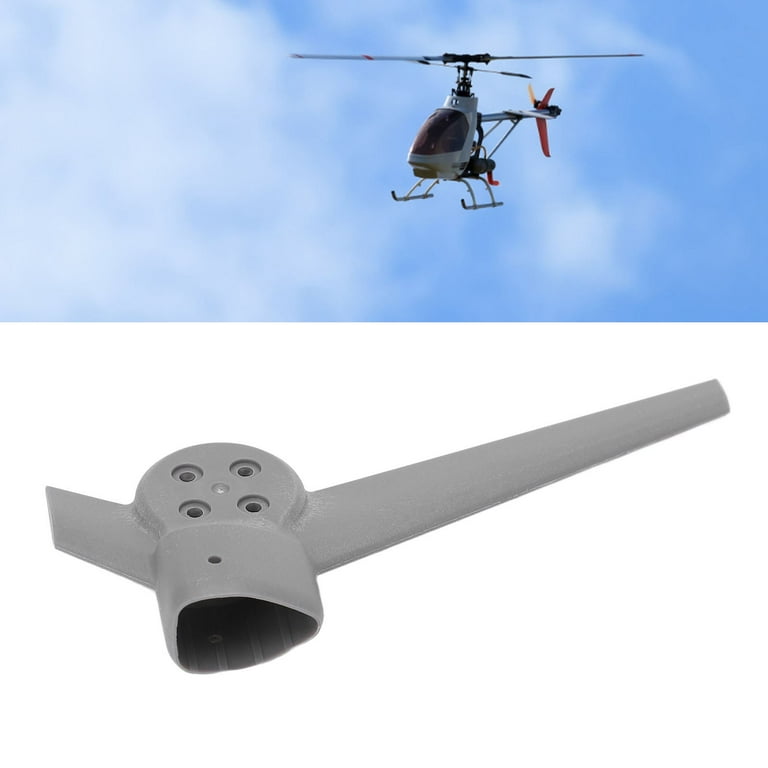Helicopter Replacement Parts Fundamentals Explained
Wiki Article
Helicopter Replacement Parts Fundamentals Explained
Table of Contents3 Easy Facts About Helicopter Replacement Parts ShownEverything about Helicopter Replacement PartsIndicators on Helicopter Replacement Parts You Need To KnowGet This Report on Helicopter Replacement Parts

With this joint, when one blade flaps up, the various other flaps down. Waving is brought on by a sensation understood as dissymmetry of lift. As the aircraft of rotation of the rotor blades is tilted and also the helicopter begins to progress, an advancing blade and also a retreating blade come to be recognized (on two-bladed systems).
When blade turning gets to the point where the blade becomes the retreating blade, the extra lift is lost and the blade flaps downward. Completely expressed rotor blade systems provide hinges that allow the rotors to move fore and also aft, as well as up and also down.
When initially starting to rotate, the blades delay until centrifugal force is completely established. When rotating, a reduction in speed causes the blades to lead the main blades center up until forces enter into equilibrium. Continuous changes in rotor blade speeds cause the blades to "hunt." They are free to do so in a fully articulating system as a result of being mounted on the upright drag joint.
See This Report about Helicopter Replacement Parts
Toward that end, the use of elastomeric bearings in main rotor systems is raising. These polymer bearings have the capacity to deform as well as go back to their original shape. Thus, they can take in resonance that would usually be moved by steel bearings. They also do not require routine lubrication, which reduces maintenance.Many hinges as well as bearings can be eliminated from the custom primary rotor system. The outcome is a simpler blades mast with reduced upkeep due to less relocating components.
Normally, helicopters have in between two and also seven primary rotor blades. These rotors are generally made of a composite framework. The huge revolving mass of the major rotor blades of a helicopter produce torque.
[Number 8] Managed with foot pedals, the countertorque of the tail rotor should be regulated as engine power degrees are altered. This is done by changing the pitch of the tail rotor blades. This, subsequently, alters the quantity of countertorque, as well as the airplane can be rotated about its vertical axis, permitting the pilot to manage the instructions the helicopter is facing.
Helicopter Replacement Parts Things To Know Before You Buy

This reduced stress causes a force counter to the torque generated by the main rotor. Furthermore, the rest of the air from the fan is sent with the tail boom to an air vent on the aft left side of the boom where it is expelled. This action to the left triggers a contrary response to the right, which is the instructions needed to counter the primary rotor torque.
It can be relocated in any direction to tilt the airplane of turning of the rotor blades. This triggers the helicopter to relocate in the instructions that the cyclic is relocated. As stated, the foot pedals control the pitch of the tail rotor blades thus stabilizing primary blades torque. Numbers 11 and also 12 highlight the controls located in a typical helicopter.

Numerous blades layouts and also arrangements have actually been implemented over time. Single main rotor helicopters go to my blog are the most common sort of helicopter They require an anti-torque tool (tail blades or various other anti-torque system) to neutralize the turning energy created by the primary rotor, which is powered by several engine(s).
Helicopter Replacement Parts - The Facts
The most common anti-torque tool is a tail rotor, which is developed to make up the torque created by the main blades. EC25 single main blades helicopter A tandem rotor helicopter has 2 primary rotor systems and also no tail rotor. Usually the back rotor is placed at a higher position than the front blades, and the 2 are developed to stay clear of the blades clashing, should they bend into the various other rotor's path.The important site design of the drive and also control system are a lot more complicated than the among a single major rotor helicopter (helicopter replacement parts). Ch47 Chinook helicopter with tandem blades Coaxial rotors are 2 main blades mounted on one pole, sharing the same axis of turning yet kipping down contrary directions, one in addition to the other.
The helicopter will yaw to the left if the clock sensible rotating blades produces more lift, and it will yaw to the right if more lift is created by the counter-clock sensible rotating blades. The drag created by the rotors is quite large due to the interference of airflows, so these helicopters do not you could try these out usually have a high cruising speed.
Report this wiki page